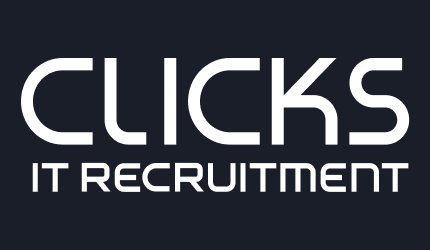When a role becomes vacant in an organisation, it often becomes a scramble to fill it within a period-of-notice timeframe. This usually means rolling out existing processes (including repurposing old job ads and position descriptions) in an effort to expedite hiring a like-for-like replacement. The role is quickly published on a job board and hiring managers spend longer than they were expecting screening unsuitable candidates. Or worse, very few applicants at all.
Placing the right person in the right role is not an exact science. Appointing a bad hire can, in the long run, risk time, money and reputation. There are some mistakes commonly made when hiring. Avoiding these pitfalls will help you streamline your hiring processes and hire the right candidate for the job.
Success with a Successor Starts with the Former
A good place to start is to identify what has caused the role to become vacant. It’s often a case of the outgoing employee having outgrown the role. It becomes more serious if they left because they felt undervalued, either through improper remuneration or unsuitable responsibilities. It could also be a case of simply hiring someone who wasn’t the right fit for the opportunity.
The Devil is in the Description
Don’t wing the position description. Crafting the PD for every new job ad is essential. The hiring market is ever evolving, as are the needs of job seekers and your organisation. If you’re filling an existing position, don’t just rehash the old one. Evaluate changes, or discrepancies that were highlighted in the previous incumbent’s tenure. Make sure it’s accurate and don’t oversell it. A candidate leaving because the job they’re doing is not what they were hired for can damage your employer brand.
Which brings us to our next point…
Employer Branding
Your employer brand is essential. How you are perceived in the marketplace is critical to attract, engage and retain top talent. It will do a lot of the grunt work in selling your company to prospective employees. First you need to identify your values and what your company represents. Then you should research how your company is currently perceived in the marketplace. Once you have established a strong employee value proposition and company culture that speaks to your values and addresses how you are perceived, you can embark on a branding campaign through your social media and word-of-mouth from contented employees.

Interview or Interpretation?
The interview is an important step, but not the only step. Some people do not present at their best in interview situations and flounder when they’re nervous or stressed. Neurodiverse candidates, for example might not front-up best in a face-to-face setting, meaning you might need to look at other factors to support their suitability for the role. Make sure you’re cross referencing other important factors such as their resume, experience and references to get the full picture.
Don’t Go It Alone
You might be responsible for filling the position, but that doesn’t mean it’s not a team effort. Make sure you get input from key stakeholders and team members to get a well-rounded profile of the ideal applicant. Sometimes there are intangible elements of a position that only become apparent when understanding the team dynamic. Having input from others may also suppress any unconscious bias that can creep into long-standing recruitment practices, and help create a wonderfully diverse workplace.
Hard Now, Easy Later
Often, the path to success is not linear. Sometimes there can be small concerns that may seem like the process is going off course, but really it’s just a small diversion. If a candidate is the right fit but requires a later start date, then that could save you time in the long run if the immediate starter prospect doesn’t stick the landing. If the salary expectations differ slightly, consider what it might cost to hire, then rehire for the same position. If time is a factor, then strongly consider working exclusively with a recruitment agency to leverage their expertise to find the best talent the first time.
Don’t Let Perfect Get in the Way of Proper
Unicorns don’t exist. There we said it. You might find a majestic equine that just doesn’t have a horn. Is that horn essential? Probably not. We’ve long laboured the point that there are essential attributes, there are desirable attributes, and you don’t have to tick every box in both columns. Don’t have a twenty-bullet long wishlist for your vacancy. Open up your talent pool, by lowering the barrier to entry. If you focus on the three main things you really need for the role, perhaps you’ll find that your shortlist has a lot more candidates that you can discover more about. If you find someone who fits your requirements, culture and can meet expectations, then they’re probably as exceptional an acquisition.
Clicks is an award-winning IT recruitment specialist. With offices in Melbourne, Sydney, Canberra, and Brisbane, we connect companies with great IT professionals across Australia each day! Get in touch if you require support crafting a job ad or with your hiring needs.










